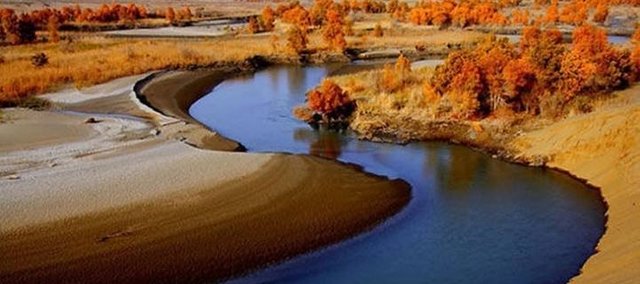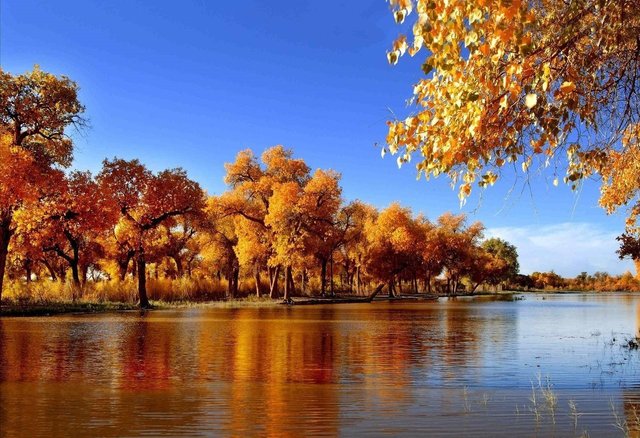China's largest desert, covering an area of 330,000 square kilometers, is the size of New Zealand.
In fact, one third of the earth's land is desert. Deserts, of course, have to do with sand, but mostly sand or sand dunes, because there is little water, the ground is completely covered by sand, and the air is dry, and the desert is barren. The desertification is caused by the loss of vegetation after the destruction of vegetation, and the desert is gradually turning into a desert landscape under the action of arid climate and high winds.

The Taklimakan Desert in the center of the tarim basin in Xinjiang's southern ,is the largest desert in China and the second largest in the world. The whole desert is about 1,000 kilometers long, about 400 kilometers wide and covers an area of 330,000 square kilometers. The wind can blow the dust into a wall. The sand dunes are not fixed and often moved. Because of the severe dry climate, only a very small number of plants here, the root system is extremely developed, more than the plants in the other parts of the mainland and even hundreds of times.

The Taklimakan Desert is one of the most mysterious and seductive in the world's deserts, and taklamakan means "If you walk in, you can't get out." in the uyghur language. The towering mountains of the desert and the forbidding gobi, adjoining the rest, have severely restricted access to this extremely difficult area.

The dunes are large in the Taklimakan Desert, and the dunes are generally 100 ~ 200 meters high and up to 300 meters high. And the Taklimakan Desert is warm temperate arid desert, during the day, the Taklimakan sun, silver sand, dazzling sand surface temperature as high as 70 ~ 80 degrees, sometimes strong evaporation, make the surface scenery erratic, appeared to desert tourism is often seen in the distance hazy "mirage", more than 40 ℃ temperature gap between day and night; The average annual precipitation is not more than 100 mm, and the minimum is only 450mm. The average evaporation capacity is 2500 ~ 3400 mm. Because the whole desert is affected by the prevailing wind direction between northwest and north and south, the wind and sand activities are very frequent and violent, and the moving sand dunes make up more than 80%. The low dunes are estimated to move about 20 meters a year, stretching about 100 kilometers south of the desert for nearly a thousand years.

The desert is not only small, but also extremely rare. According to the scientists showed that it may be as early as 4.5 million years ago was a vast sea of "death", the scientists on the southern edge of the Tarim basin sedimentary strata carried on the thorough analysis, found the clip has a large number of "eolian loess" formed by the wind, at least 4.5 million years age, and the provenance of eolian loess (source), is now the Taklimakan Desert. The Taklimakan Desert, in the middle of the tarim basin, covers an area of 330,000 square kilometers, which is the size of New Zealand. Here, long years of sand accumulation, wind howling, empty, pyramidal dunes stand in the desert.

For thousands of years, the vast Taklimakan Desert has been daunting because of its mystery. But the vastness and the mystery of the desert give the traveler a magical power to shock and awe, as well as the courage to measure the length of the taklamakan.

Data reference:
Beautiful images.
up-vote for you.
Very nice article you have there! But do not forget to cite your sources and credit your images when necessary
Something new for me. Thank you for sharing.